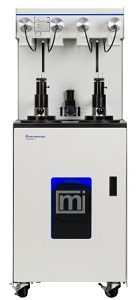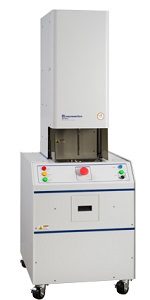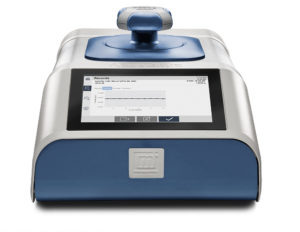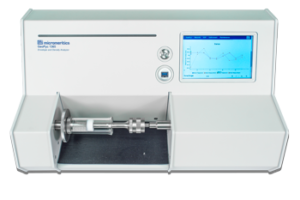Density, Pore Size and Volume
Density Analyzers
Density specifies how much of a substance occupies a defined volume at a stated temperature and pressure. The density of a substance can be used to define the substance and it performance characteristics.
Controlling the density of finished goods is often desirable for performance as well as economic considerations. For this reason, many manufacturers strive to develop materials that are partially porous yet still fulfill their function while others seek an end product of maximum density.
Accurate density measurements are an important part of characterizing the physical properties of ceramic and foam raw materials. Density analysis can also be used to determine the performance of parts fabricated with Additive Manufacturing. In pharmaceutical manufacturing, density is a key data point utilized in roller compaction operations, and can be used as an indicator of tablet strength and dissolution rate.
Density influences the overall quality of manufactured products and density analyzers provide data that guides the manufacturing process. For this reason, Micromeritics gas pycnometers (AccuPyc and GeoPyc) are used worldwide to determine the density of raw materials and finished products.
Pore Size and Volume By Mercury Porosimetry
The porosity of a material affects its physical properties and, subsequently, its behavior in its surrounding environment. The term "porosity" is often used to encompass the measurements of pore size, volume, distribution, density, and other porosity-related characteristics of a material. The adsorption and permeability, strength, density, and other factors influenced by a substance’s porosity determine the manner and fashion in which it can be appropriately used.
The AutoPore IV is a high-pressure mercury intrusion porosimeter that provides extremely accurate, fully automated porosity measurements with a high dynamic range, and is suitable for a wide variety of applications. Mercury Porosimetry routinely is applied over a capillary diameter range from 0.003 to 360 μm (five orders of magnitude). This would be equivalent to using the same tool to measure accurately and precisely both the height of a 30-story building and the diameter of a grain of sand.




